 As employment professionals, many resumes come across our desks and computer screens daily. We also spend a lot of time speaking to employers and advocating for our clients. Most usefully, we get to track the impact of our clients’ job applications from submission, all the way through to when they get hired. This exposure to the hiring process gives us insights into what works and what does not. In December, I conducted an informal survey of some of my colleagues, the employment professionals at JVS Toronto; I asked them to share what they considered the most common resume mistakes made by job seekers.
As employment professionals, many resumes come across our desks and computer screens daily. We also spend a lot of time speaking to employers and advocating for our clients. Most usefully, we get to track the impact of our clients’ job applications from submission, all the way through to when they get hired. This exposure to the hiring process gives us insights into what works and what does not. In December, I conducted an informal survey of some of my colleagues, the employment professionals at JVS Toronto; I asked them to share what they considered the most common resume mistakes made by job seekers.
We know job seekers tend to forget that employers still have the ultimate decision on their resumes – the ratio of good jobs to candidates is still skewed on favour of employers, who are often swamped with many resumes. To help with the daunting task of sorting through hundreds of resume, employers use many methods, sometimes relying on computerized automated tracking systems (ATS), and other times choosing to review each resume visually, either on a screen or on paper. This makes it very difficult for job seekers to format their resumes, so that they are equally optimized to be read both by a computer and a person.
Resume Layout and Format:
The appearance of a resume is key – not just because of first impressions (which should not be discounted), but also because formatting mistakes can impact on whether the resume is readable by an ATS program.
These were the comments on layout and resume appearance:
- Style: Don’t get too creative with fonts, style, images, colours, because you don’t know who is reading your resume and how they feel about taking creative risks; just keep it simple and clean so that no one is distracted by formatting. As one of my colleagues said: “this is not the time to get fancy!”
- Bullet points: Be careful with punctuation; a colleague remarked: “I receive resumes with periods at the end of their bullets — one line might have one and then the next line will be missing it, and this is usually repeated throughout the document.” If you are want to demonstrate how you value accuracy and attention to detail, such mistakes undermines your claim.
- Spelling and punctuation: “Proof reading is important; leave it and come back, or let someone else read it. No spelling, grammar or punctuation errors are acceptable.” Importantly: “only using Spellcheck is not really proof reading. I don’t know how many times I have found “Costumer service” but never once actually had a client who worked with costumes”
- Font size: When trying to fit more information into two pages, many job seekers reduce the font to a point at which it becomes hard to read; “you can’t expect the reader to enlarge it.”
- Margins: Resume margins should be even and consistent. Don’t make margins too narrow, but “remember that you can change your margins to fit more in — take advantage of the space available to you.”
- Alignment: Make sure that the document is aligned consistently and neatly across the page.
- Job listings: If you have held more than one job in the same company, show it by listing the company name and then the jobs at that company; “indented, so readers can realize they were all at the same company.”
- Grammar: Keep your tenses consistent: previous jobs should be described in past tense, and the current job, if you have one, in present tense.
- Automatic Tracking Systems (ATS): Computerized systems that are used to read resumes cannot read everything you write on your resume; for example, ATS doesn’t necessarily read headers and footers. So, don’t put important information, such as your contact information, in headers/footers. ATS might not read PDFs, so follow instructions carefully about whether to submit the resume in Word or PDF. The same applies to fancy designs, which might not read well in ATS.
- Format: Remember that recruiters prefer chronological resumes, rather than functional ones, so don’t use functional unless you absolutely have to.
Resume Content:
- Your contact information: Remember to make sure that all your up-to-date information includes your name, location (either a street address or at least a city and province), phone number and email addresses. Make sure to use an appropriate and updated email address that sounds professional.
- LinkedIn: Add your LinkedIn URL to your resume. Once your LinkedIn profile is complete, make sure that your profile matches your resume in terms of your experience (job titles, dates, responsibilities).
- Pronouns: The use of first person pronouns (“I”/”we”) tends to make resumes sound too casual. While a resume should be in first person, don’t include the pronouns (instead of “I managed…”, say “Managed….”)
- Individualize: Make sure to tailor each resume to the job, so that employers know you read their job posting and meet their requirements:
- prepare different resumes for different positions. Target them to each posting and profession.
- read the job posting clearly. Follow the instructions and apply exactly as instructed.
- don’t include all your experience in every application. Not all of it is necessarily relevant to the position you are applying for; the experience you share should add value to your application.
- don’t leave out “basic” skills or experience, because you think people “should know” you have them. Employers want to know that you can do all the aspects of the job.
- Headers: Make sure to include your name, phone number and page number on the second page, of your resume as well (no need for your address on the second page).
- Wording: Don’t use a lot of buzzwords – if you overuse adjectives such as “excellent” “strong”, “highly skilled”, you will sound less credible. Also, a colleague reminded job seekers: “don’t repeat verbs to describe your duties: performed accounting duties, performed AP and AR, performed journal entries….”)
- CV or Resume? Remember the difference between a CV and a resume. Resumes are two page work histories, whereas CVs are long listings of academic education and research.
- Summary/profile is where all the important information for that position should be listed.
- keep the resume focused on one desired occupation (you will confuse employers if you say “experienced electronics technologist and network administrator” – they won’t understand why they need to know about both)
- make sure to include all the credentials you have that are related to that particular position (“for example, for financial positions, list your Canadian Securities Course up front” – don’t expect recruiters to turn to your education list on the second page to find it.)
- a former recruiter, remarked: “I know from recruiting that we spent more time in this area and it should be the most important information from the job seeker to the employer. We spent very little time on the rest of the resume. It’s always just a quick scan.”)
- Language: If you are translating job titles into English, make sure to choose the correct title (for example, “only registered social workers can call themselves that”)
- Dates: Some employment experts suggested only using years and not months when you are adding dates to jobs; others suggested including months — especially if it was one of a few short contracts in one year. Either way, be consistent; don’t leave gaps unanswered if possible, in work history dates – rather explain briefly (e.g. “2010-2012 – family responsibilities”).
- Company descriptions: If you want to describe the company you worked in, don’t go into too much detail. You are promoting yourself, not your past employers.
- Job descriptions: Detail what you did in each job, but focus on quantifiable achievements – don’t just list the responsibilities; “Include accomplishments and personalize them, instead of just listing what the job description said.”
- References: There was disagreement between colleagues whether job seekers should include “references upon request”; some said that it is assumed — “it is a given — you have to have references”, while others suggested that it’s a good way to end a resume. Either way, make sure you actually have appropriate and relevant references available.
- Additional information: remember not to list your birth date, marital or immigration status on the resume. And no photos, either.
The bottom line from the employment specialists: Seek expert advice (like that of the JVS employment specialists), and be open to making as many recommended changes. One Employment Counsellor said “I like to ask this question — does your resume excite you? If yes, great. If not keep on going!”

